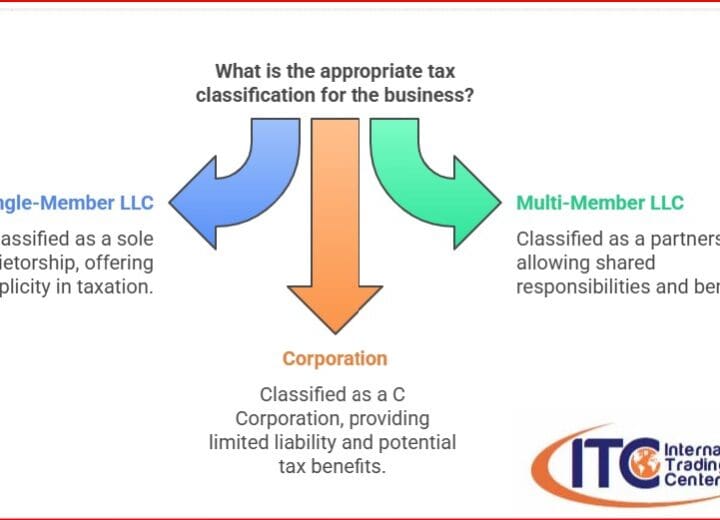The quote-to-cash (Q2C) process is crucial for businesses aiming to streamline their sales process. It encompasses every step from a customer’s expression of interest to the final transaction. By integrating technology, businesses can enhance efficiency.
Effective management of the Q2C process requires an understanding of its components. From product configuration to payment collection, each step plays a vital role in maximizing revenue and customer satisfaction. In this article, we will explore how businesses can best implement and benefit from the Q2C process.

What is Quote to Cash?
The Q2C process involves all the steps a business takes to convert customer interest into revenue. Initially, the sales team configures the product to meet customer needs. Then pricing is calculated, often aided by configure, price, quote (CPQ) software, to ensure accuracy and efficiency.
How Technology Facilitates Q2C
Technology enables automation in the Q2C process, reducing manual tasks and minimizing errors. Customer relationship management (CRM) systems help track customer data and interactions, while CPQ software aids in accurate and quick quote generation.
Contract lifecycle management (CLM) and order management systems facilitate contract negotiation and order fulfillment. These systems ensure compliance, efficiency, and customer satisfaction during the sales cycle.
Billing and invoicing software further streamline the Q2C process. These tools automate invoice creation and payment tracking, improving cash flow. Data analytics offer insights on sales performance, allowing for informed decision-making and strategy adjustments.
Quote to Cash vs. Order to Cash
While Q2C covers the entire sales cycle, order to cash (O2C) focuses on processes after an order is placed. Q2C includes interactions before this point, such as quoting and contracting.
Order management and fulfillment are critical to O2C, ensuring that all steps from the order placement to payment are seamless and efficient for the customer.
Both Q2C and O2C aim to optimize revenue but target different stages of the sales process. Understanding these distinctions helps businesses allocate resources effectively.
Best Practices for Implementing Q2C
Simplifying and automating processes is key. Integrating CPQ, contract management, and billing functions reduces errors and accelerates the sales cycle. Automated tasks free up teams to focus on customer relationships and deal-closing.
Accurate quoting is crucial in the Q2C process. Using CPQ solutions ensures quotes are generated with precision and speed. Regular updates to product and pricing information prevent delays and inconsistencies.
Standardized contract templates and electronic signature tools expedite the contracting phase. These tools also aid in maintaining compliance and consistency across agreements.
Maximizing Efficiency in Order Fulfillment and Billing
Integrating order and inventory management systems ensures accurate tracking and timely fulfillment. Electronic invoicing and online payments enhance cash flow, making payment processing straightforward.
Offering flexible payment terms can cater to diverse customer needs, improving satisfaction and retention.
Leveraging Data and Communication
Data analytics illuminate areas for improvement within the Q2C process. Monitoring metrics such as deal size and customer satisfaction highlights opportunities for optimization.
Promoting collaboration across departments is essential. A unified platform for data sharing and communication ensures all team members are aligned and effective in their roles.
Using CRM insights helps tailor sales approaches to customer behaviors, enhancing upsell and cross-sell potentials. Predictive analytics can also forecast trends, helping refine pricing strategies.
Automating the Q2C Process
Automation across the Q2C cycle reduces manual efforts and accelerates sales processes. Selecting the right technology, such as CPQ and CRM systems, is integral to success.
Integrating systems ensures seamless data flow, minimizing manual entry errors. Electronic signature use speeds up contract execution, enhancing the overall sales cycle efficiency.
Automated alerts and follow-ups keep teams and customers informed and engaged, preventing delays and enhancing the customer experience.
Choosing the Right Automation Tools
Identifying suitable software solutions is foundational for Q2C automation. These might include CPQ, CRM, and ERP systems, each playing a distinct role in various Q2C stages.
Effective integration of these systems is vital, ensuring data flows smoothly from one process to the next.
Automation tools aid in data entry, minimizing errors, and ensuring speed. Electronic signatures and alerts enhance process efficiency, keeping all stakeholders informed.
Benefits of Automating Q2C
Automating Q2C processes drastically improves efficiency. By reducing manual input, businesses can focus on strategic initiatives.
Streamlined processes lead to better cash flow and enhanced customer satisfaction, offering a competitive advantage in the marketplace.
An effective Q2C process is vital for businesses seeking to enhance sales efficiency and customer satisfaction. Automation and technology integration are key to optimizing these processes.





